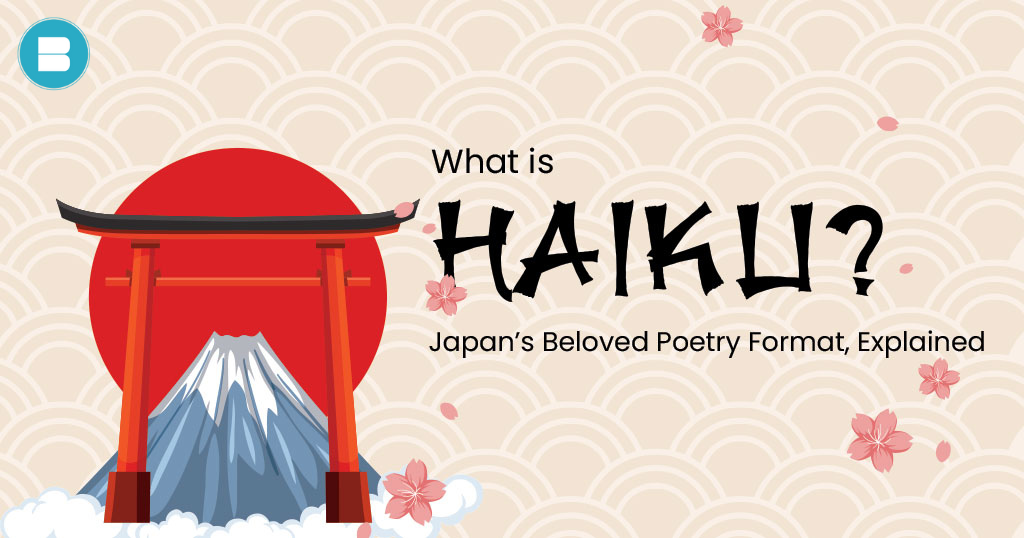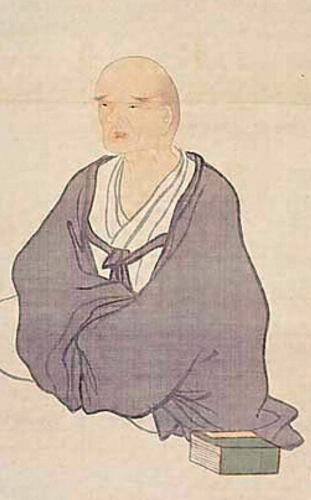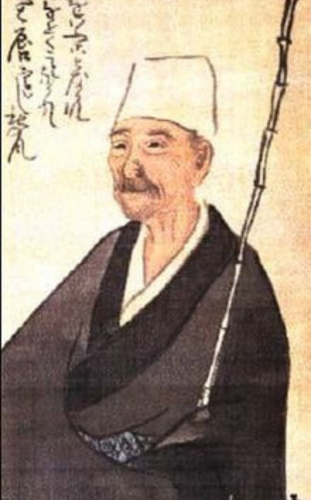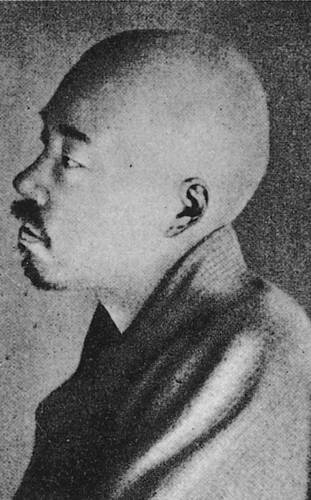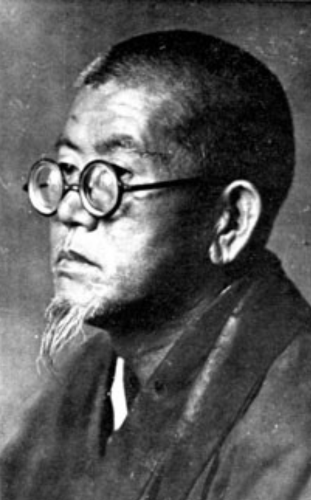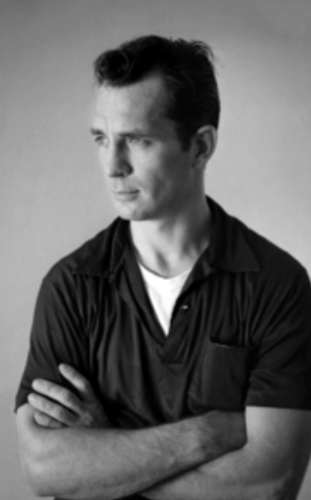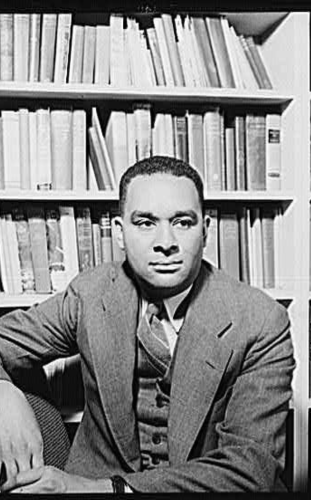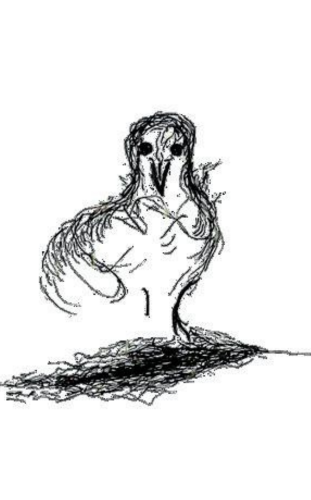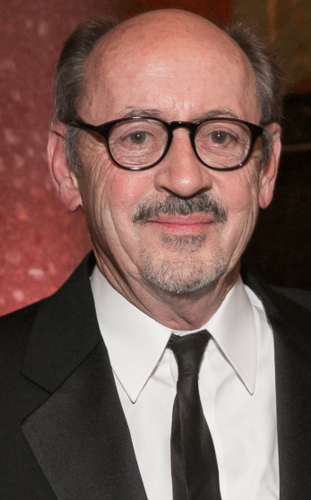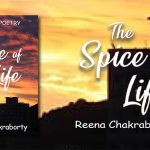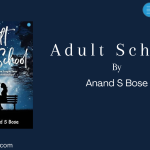Japanese traditional poetry known as haiku has three lines. It usually has 17 syllables, which are placed in a 5-7-5 rhythm. There are a certain number of syllables in each line, with the first line having five, the second having seven, and the third having five once again.
Read: Learn how to write a book and get it easily published in the UK.
A transitory moment in nature is frequently captured in a haiku, emphasising its beauty or importance. Using succinct and evocative language, it seeks to elicit an emotional response or produce a vivid image in the reader’s mind. A kigo, or term that denotes the season or time of year in which the poem is situated, is frequently used in traditional haiku.
How did the concept of haiku start?
In the seventeenth century, Japan is where the idea of the haiku first appeared. It developed from a previous literary form called hokku, which was the first stanza of a group-written linked-verse style known as renga. Renga was a well-liked type of poetry in which several poets would write poems in turn, frequently as part of a social gathering.
Over time, poets started to place increasing emphasis on the hokku as a distinct literary form, highlighting its capacity to depict a particular moment or a feature of nature. Renowned Japanese poet Matsuo Bash, who is sometimes referred to as the master of haiku, raised the hokku to a greater prominence.
The hokku later became known as the haiku as it became more and more popular as a standalone form. The poet Masaoka Shiki first used the term “haiku,” which originally meant “playful verse,” in the late 19th century. Shiki made a significant contribution to the growth and development of haiku as a literary art form.
As Westerners were exposed to translations and adaptations of Japanese haiku, haiku began to achieve fame on a global scale in the 20th century. Haiku became a well-known form of poetry all over the world as a result of its concision and emphasis on nature connecting with writers from many cultures.
Haiku is still honoured and used today all over the world, with writers examining its essence and attempting variants while still keeping to its basic rules.
You may also like: How to Create Suspense in Your Writing: A Beginner’s Guide
Who came up with the concept of Haiku?
During the 17th century, the idea of haiku as a unique poetry form first appeared in Japan. Hokku was the precursor of haiku, which developed from it, although Matsuo Bash (1644–1694) is credited for popularising and perfecting haiku as a literary art form.
Bash, a well-known Japanese poet, is frequently referred to as the inventor of the haiku. He highlighted the significance of accurately and succinctly portraying a particular instant or natural feature. Basho’s haiku poems demonstrated a strong love of the natural environment and frequently included a kigo, which is a word or phrase that denotes the season.
His significant works laid the groundwork for the growth of the haiku form and demonstrated his mastery of the genre, such as “Narrow Road to the Interior” (Oku no Hosomichi). Bash influenced succeeding generations of poets to delve deeper into and improve on haiku through his works and lessons.
It’s crucial to remember that while Bash had a significant role in popularising haiku and influencing its aesthetics, the idea of brief, nature-focused poetry was present in older Japanese literature. Over time, numerous poets and authors contributed to the development of hokku into haiku. Basho became a key player in the development of haiku because of his influence and commitment to the form.
Famous Haiku poets (From 17th to 20th Century) –
Matsuo Basho Haiku (1644–1694) was brought to a greater position in Japan during the 17th century by Bash, who is widely regarded as the genre’s master. His writings, such “Narrow Road to the Interior ” (Oku no Hosomichi), placed a strong emphasis on the use of straightforward language to portray the essence of nature and transitory moments.
Yosa Buson (1716–1783) was a well-known Japanese haiku poet during the Edo era. He was renowned for his sophisticated and moving poetry, which frequently included striking imagery. Buson’s works revealed a profound respect for the natural world, the arts, and human emotions.
You may also like: List of 10 Best Libraries in Portsmouth for Book Lovers
Issa, a haiku poet who lived from 1763 to 1828, was renowned for his tenderness and sensitivity. His haiku frequently demonstrated both a sharp sense of the natural world and a profound concern for human suffering. The joys and pains of life were both covered in Issa’s works.
Matsuo Basho Haiku (1644–1694) was brought to a greater position in Japan during the 17th century by Bash, who is widely regarded as the genre’s master. His writings, such “Narrow Road to the Interior ” (Oku no Hosomichi), placed a strong emphasis on the use of straightforward language to portray the essence of nature and transitory moments.
Matsuo Basho Haiku (1644–1694) was brought to a greater position in Japan during the 17th century by Bash, who is widely regarded as the genre’s master. His writings, such “Narrow Road to the Interior ” (Oku no Hosomichi), placed a strong emphasis on the use of straightforward language to portray the essence of nature and transitory moments.
These are only a few instances of well-known haiku poets; there are many more illustrious people who have helped haiku evolve and gain recognition both in Japan and abroad. The variety of haiku poetry is enriched by the individual styles, viewpoints, and creative expressions that each poet contributes to the genre.
You may also like: Literary Elements: A Complete List of Powerful of Literary Devices
Famous Haiku poets from contemporary times (20th Century onwards)
Let’s look at some contemporary haiku writers now that we’ve learned more about the historical haiku poets.
Jack Kerouac, who wrote novels during the Beat Generation and died in 1969, also tried his hand at haiku. His haiku poetry frequently displays his free-flowing, stream-of-consciousness writing style, fusing Zen philosophy with vivid imagery.
You may also like: How to Publish a Book? | Publish a Book | BlueRoseOne
Richard Wright, an important African-American author, lived from 1908 to 1960. Wright is renowned for his potent haiku poetry. His haiku frequently tackle topics of racial and social injustice in addition to the wonders of nature.
Allard, Matsuo (1931–2019): Matsuo Allard, a French-born haiku poet, had a significant role in popularising haiku throughout the French-speaking world. He devoted his life to creating and interpreting haiku, hoping to convey feelings and the spirit of nature via his poetry.
You may also like: Ahemdabad National Book Fair 2024: A Literary Fest
(1942–2011) Janice M. Bostok Bostok, an Australian haiku poet, made a significant contribution to the growth of the form in English. Her art frequently incorporates aspects of Australian scenery with Japanese aesthetics, displaying an original cross-cultural viewpoint.
Billy Collins, a famous American poet best known for his poetry, was born in 1941. He has also dabbled with haiku. His haiku-like lines, which explore commonplace events and observations, frequently display his distinct wit and humour.
Jane Reichhold
Jane Reichhold, who died in 2016, American haiku poet and editor Reichhold was instrumental in popularising haiku in English.

Is the haiku form still well-known today?
Yes, the haiku form is still well-known and widely used today. Haiku is a form of poetry that originated in Japan but has since garnered popularity and reputation around the world. There are vibrant groups of haiku poets and aficionados all over the world, and it is extensively used and loved in many nations.
Haiku is a deeply embedded part of Japanese culture that is both studied and honoured. There are still several haiku-specific literary events, publications, and competitions. Numerous Japanese people still read and write haiku as a means to engage with nature, think back on their experiences, and succinctly communicate their feelings.
Read: What is contemporary literature? Learn what are the latest trends in literature.
Haiku has garnered a sizable popularity outside of Japan. There are several haiku associations, organisations, and internet communities worldwide. Poets may share their work, get criticism, and participate in conversations about haiku methods and aesthetics in these groups.
Haiku has also affected and been incorporated into modern poetry in a variety of languages. Poets from all over the world experiment with the format, customise it for their cultural settings, and use haiku aspects in their writing. People looking for succinct and introspective forms of expression find that the haiku’s brevity, emphasis on nature, and capacity to capture a moment in time appeal to them.
The simplicity of haiku and its ability to conjure up vivid pictures and feelings in only a few lines have led to its continuing appeal. As a consequence, a wide variety of people, including professional poets, amateur writers, and those looking for a conscious and creative outlet, continue to love and practice haiku.
How does one master the haiku form?
Haiku writing involves experience, observation, and a grasp of the fundamentals of haiku, just like writing any other kind of poetry. Here are some pointers to help you become a better haiku writer:
- Examine the form: Make sure you are familiar with the haiku form and features. Recognize the 5-7-5 syllable pattern, which places a premium on conciseness, simplification, and the use of concrete imagery.
- Observe your surroundings and the natural world: Haiku frequently emphasises nature and the transitory moments of life. Develop a careful awareness of your environment and make an effort to record specific information and sensory impressions. Pay attention to seasonal variations, little actions, and how everything in nature is related.
- Exercise awareness by composing haiku; it’s a relaxing activity. Practice mindfulness to increase your level of present-moment awareness. This might assist you in noticing and appreciating the little elements that contribute to compelling haiku.
- Accept simplicity: Haiku relies on an economy of words and simplicity. Condense your observations into clear, vivid sentences. Try to convey yourself clearly and without extraneous words.
- Use sensory language: Haiku is known for its capacity to elicit strong language. Include sensory information and produce visuals that appeal to the reader’s senses. With your words, try to conjure up an image in the reader’s head.
- Edit and rewrite: When writing a powerful haiku, it’s common to need to go back and edit and modify your first drafts. Remove superfluous words from your poetry, try out alternative line breaks, and work on the language and images.
- Get opinions and join groups: Participate in haiku workshops or online forums, and exchange your haiku with other poets. You may improve your abilities and gain insightful criticism from other authors.
Remember, mastery of haiku takes time and practice. Embrace the journey of exploration and experimentation, and allow yourself to grow as a haiku poet. With dedication and persistence, you can develop your own unique voice and create compelling haiku.
Read: Here’s a list of 7 Best Time Management Books to Read on Kindle Unlimited.
In conclusion, haiku is a popular form of traditional Japanese poetry that continues to captivate readers and writers all over the world. Its succinct structure, emphasis on nature, and ability to elicit feelings and imagery in a few lines make it a powerful and lasting art form. Exploring the beauty and spirit of haiku may be a wonderful and enriching experience, whether you are an aspiring haiku writer or a poetry enthusiast.

